GH Power Charger XY-186BS
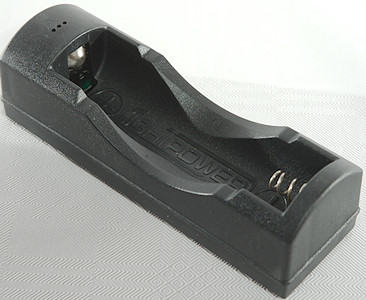
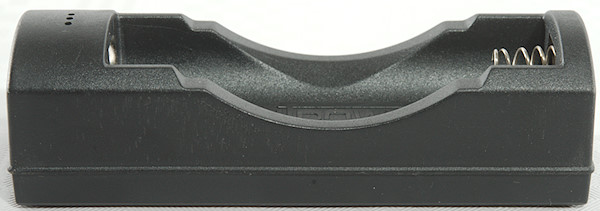
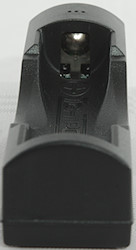
This is a very simple and cheap USB powered charger.
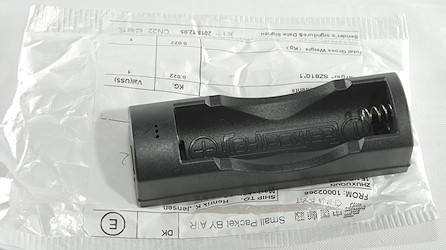
It arrived in a envelope with no accessories, not even an instruction sheet.
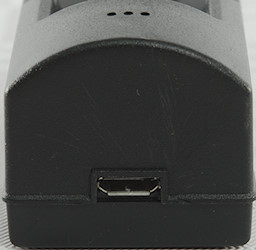
The charger is powered from micro usb.
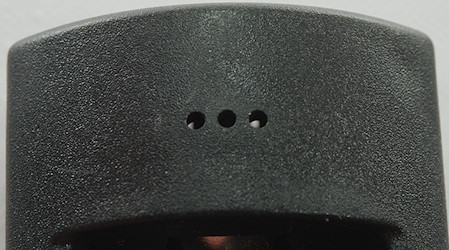
On the top is 3 holes for leds, there is a single red and a single green below. The red will be on while charging the green at all other times.
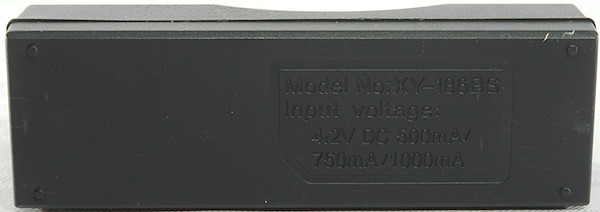
On the bottom is listed 3 current, I have no idea why.
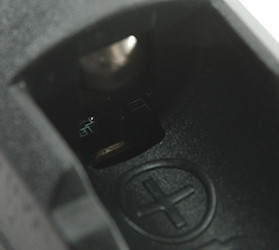
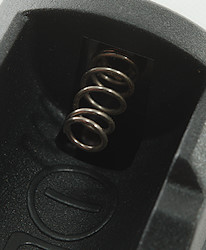
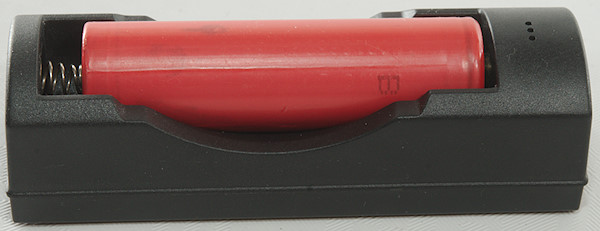
The charger uses a fixed slot with a spring, it can handle batteries from 63mm to 68mm, this means unprotected and some protected 18650 cells.

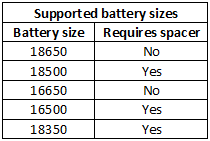

Measurements charger
- LiIon Batteries will be discharged with less than 0.01mA when power is off.
- Below 3V the charger will charge with 0.1A
- Above 3V the charger will use regular charge current.
- Normal charge turns off at 4.25V
- Charger will start tickle charge if voltage drops to 4.20V
- Charger will use normal charge if battery starts below 4.10V, above that trickle charge.
- Charger uses about 3mA from USB when idle with no batteries.
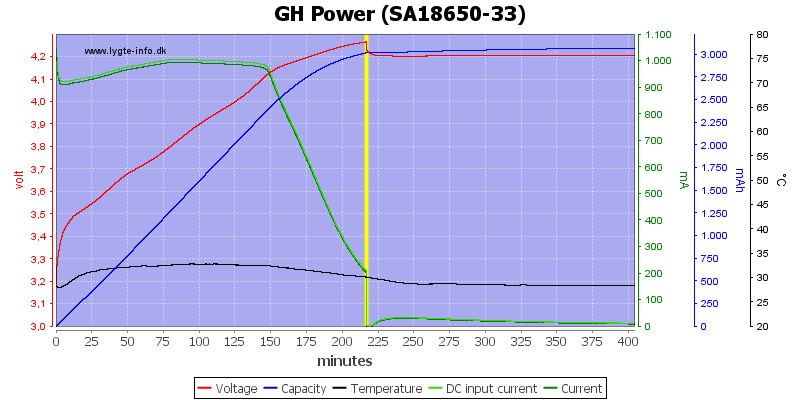
The charger uses a CC/CV charging with about 200mA termination current, because it uses a linear regulator it gets too hot when starting on a empty battery and may reduce the current. If the voltage drops too much the charger will use trickle charging.
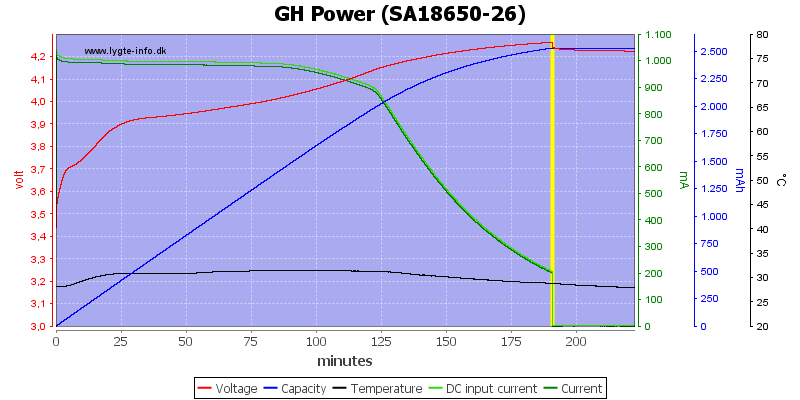
This battery do not drop very much when charging terminates and the charger terminates fine.
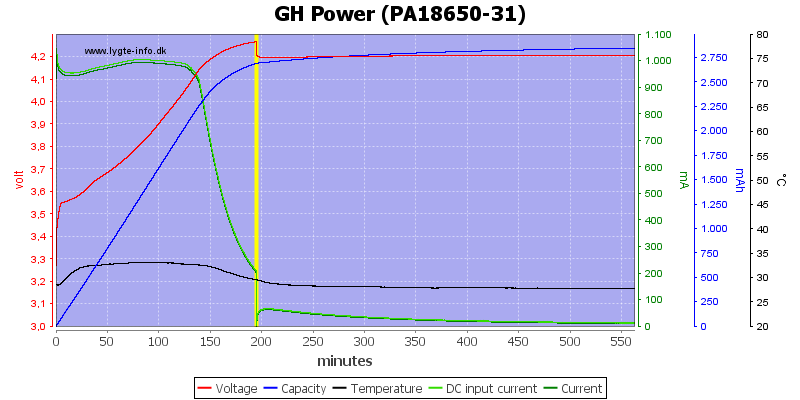
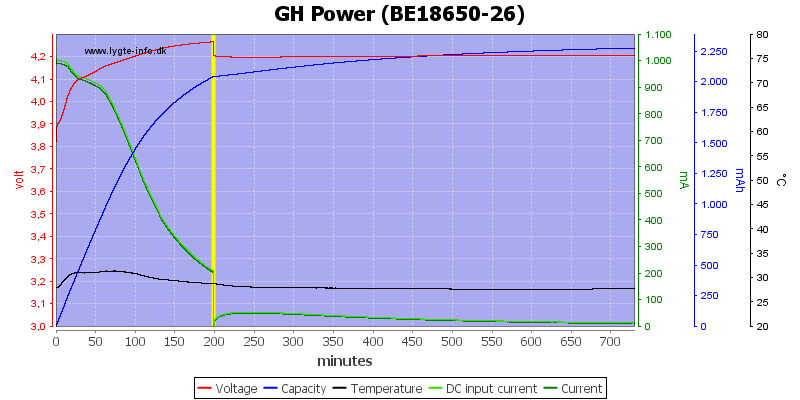
These two are older batteries and will drop in voltage, this means trickle charger.
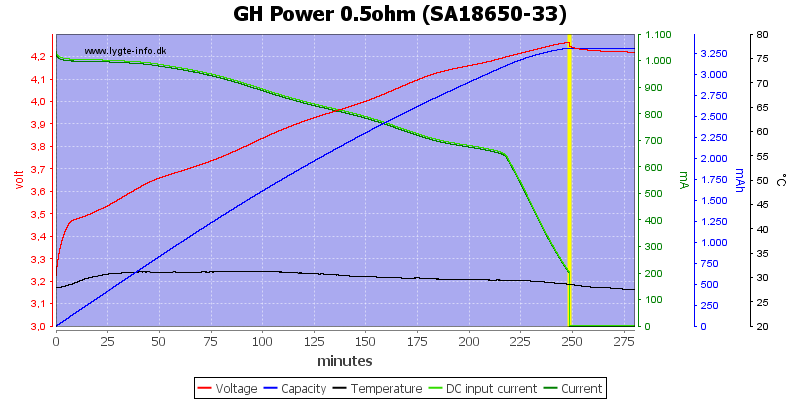
Adding a 0.5ohm resistor in series with the cable to simulate a long cable or weak USB power supply will slow the charger down, but not that much.
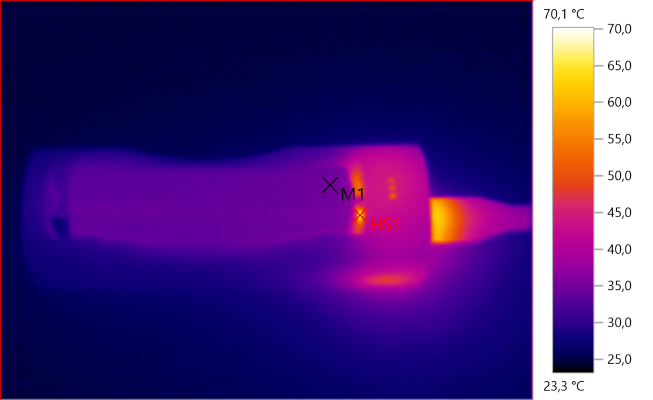
M1: 34.9°C, HS1: 70.1°C
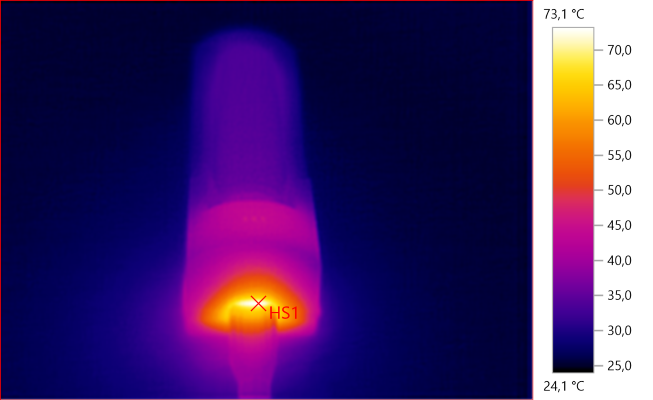
HS1: 73.1°C
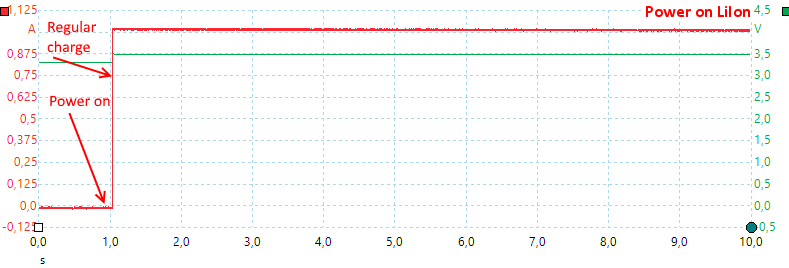
The charger is very simple and do not need any time to initialize.
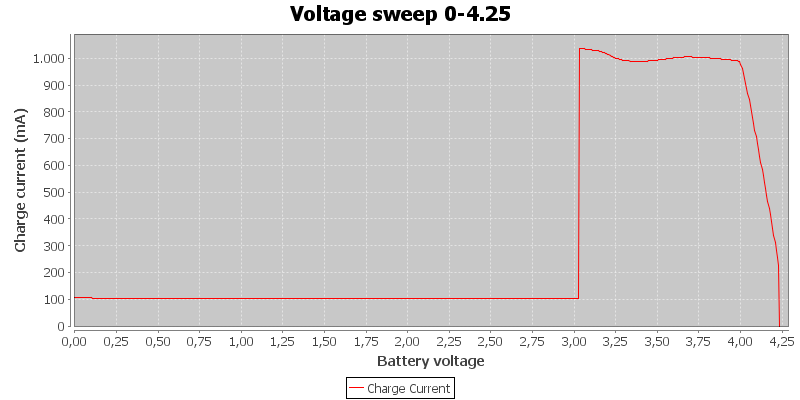
Charging profile.
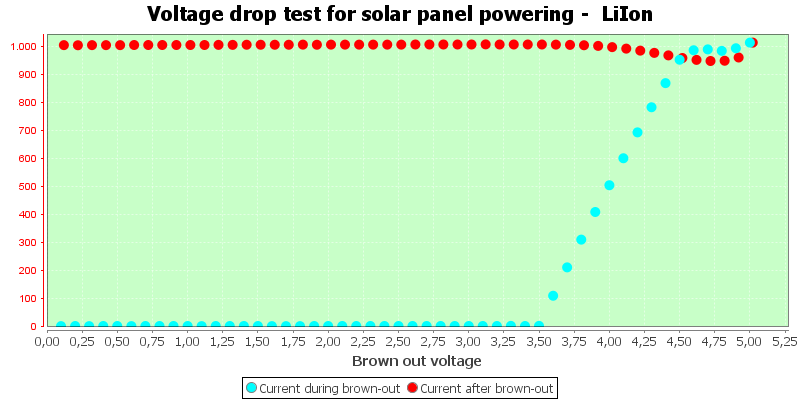
Being a simple charger it works fine with unstable supply.
Conclusion
This charger is very simple and only fit 18650 batteries, it has a problem that it sometimes will trickle charge. To avoid extra wear on the batteries due to that it is best to remove them from the charger within a few hours after charging is finished.
The charge voltage is also at the maximum allowed for LiIon, this by itself it not a problem, but I wonder if some copies of the charger has too high voltage.
The charger works very fine with unstable power supplies, i.e. a solar panel, but there is a single caveat: If the power disappears just before the battery is full, it will switch to trickle charge when the power returns, i.e. the battery will be slightly below a full charge.
For a very cheap charger it works fine and I will rate it fairly good as 18650 charger.
Notes
The charger was supplied by a reader for review.
Here is an explanation on how I did the above charge curves: How do I test a charger
Read more about how I test USB power supplies/charger






















